Tempted to try building with stone? This project will convince you of its merits
Welcome to the Future Observatory's The Stone Demonstrator, a project conceived to show off the material's strong points, now on display in West London
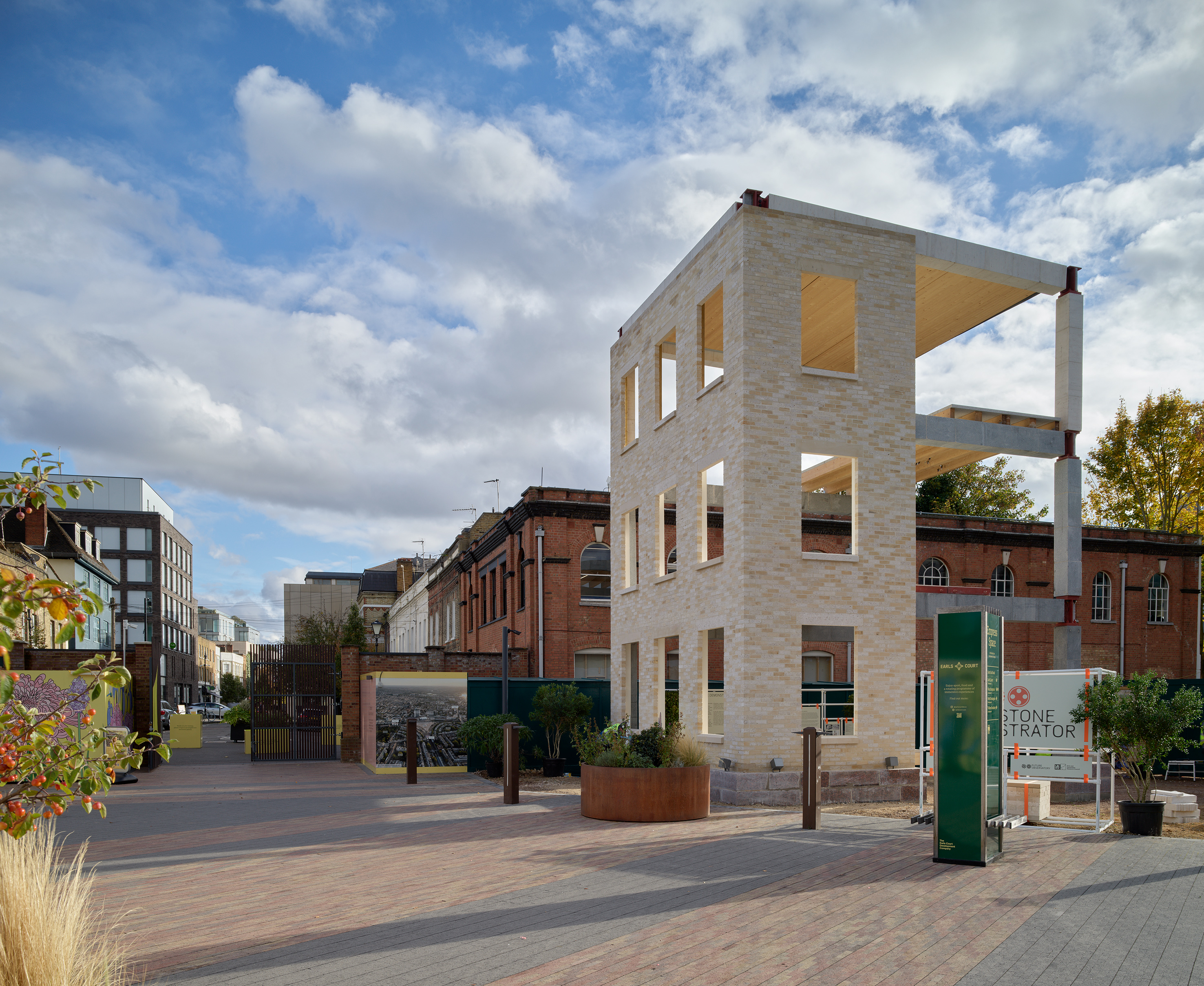
If you hear the pitch for building with stone, it really is a no-brainer. The material is solid, consistent, sustainable and abundant. It is not a marketing spiel either; the numbers back it up. Creating architecture through stone construction can result in less than 10% of the carbon emissions of, say, the currently more commonly used steel frame, and less than a third compared to the concrete equivalent.
So why has this not caught on yet? Part of the reason might be misconceptions (that it's a finite resource, or more expensive, or difficult to work with), or red tape (often, the industry is missing appropriate guidelines for its use) or market forces and consumer demands. Architect Amin Taha, principal of Groundwork and the architect behind the Future Observatory's newest project, The Stone Demonstrator – a structure currently on display in West London, is on a mission to dispel the myths linked to building with stone and get the industry on the material's side.
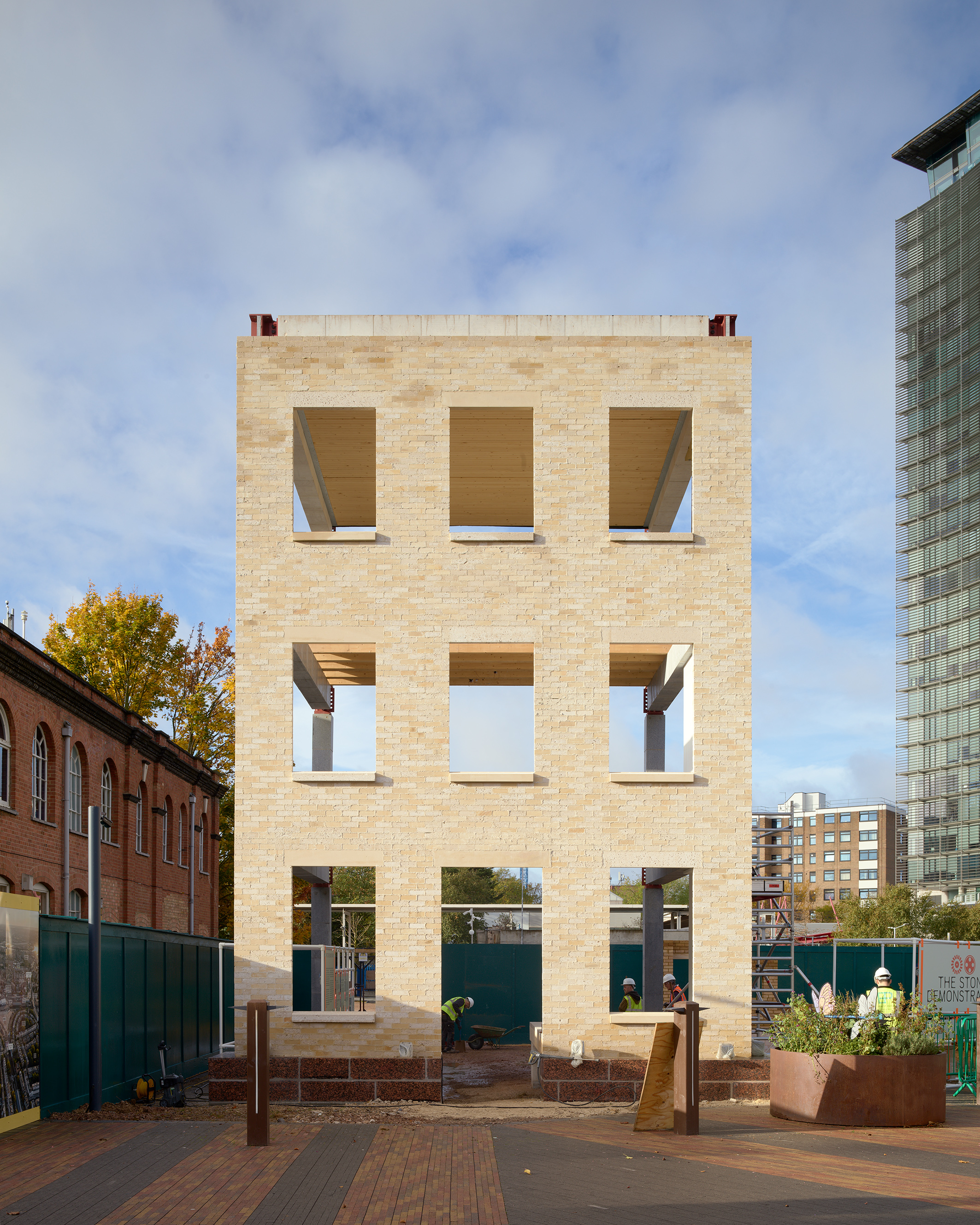
Enter The Stone Demonstrator and explore building with stone
The Stone Demonstrator is a case study – a construction created as a showcase of how stone can be used, efficiently and sustainably, in every aspect of design and building, from foundations and floors, to walls and ceilings. Situated in Empress Place in Earl's Court, the project was created by the Design Museum's research arm focusing on green transition, the Future Observatory, together with the UKRI Arts and Humanities Research Council (AHRC), London-based architect and stone use pioneer Amin Taha, and specialist engineers Webb Yates and Arup.
'The idea is that people can come and study it and understand what the supply chains need to be, what the trade skills need to be, and that ultimately we're trying to move the construction industry away from steel and concrete because of the high carbon emissions associated with them, and fire clay bricks,' says Taha.
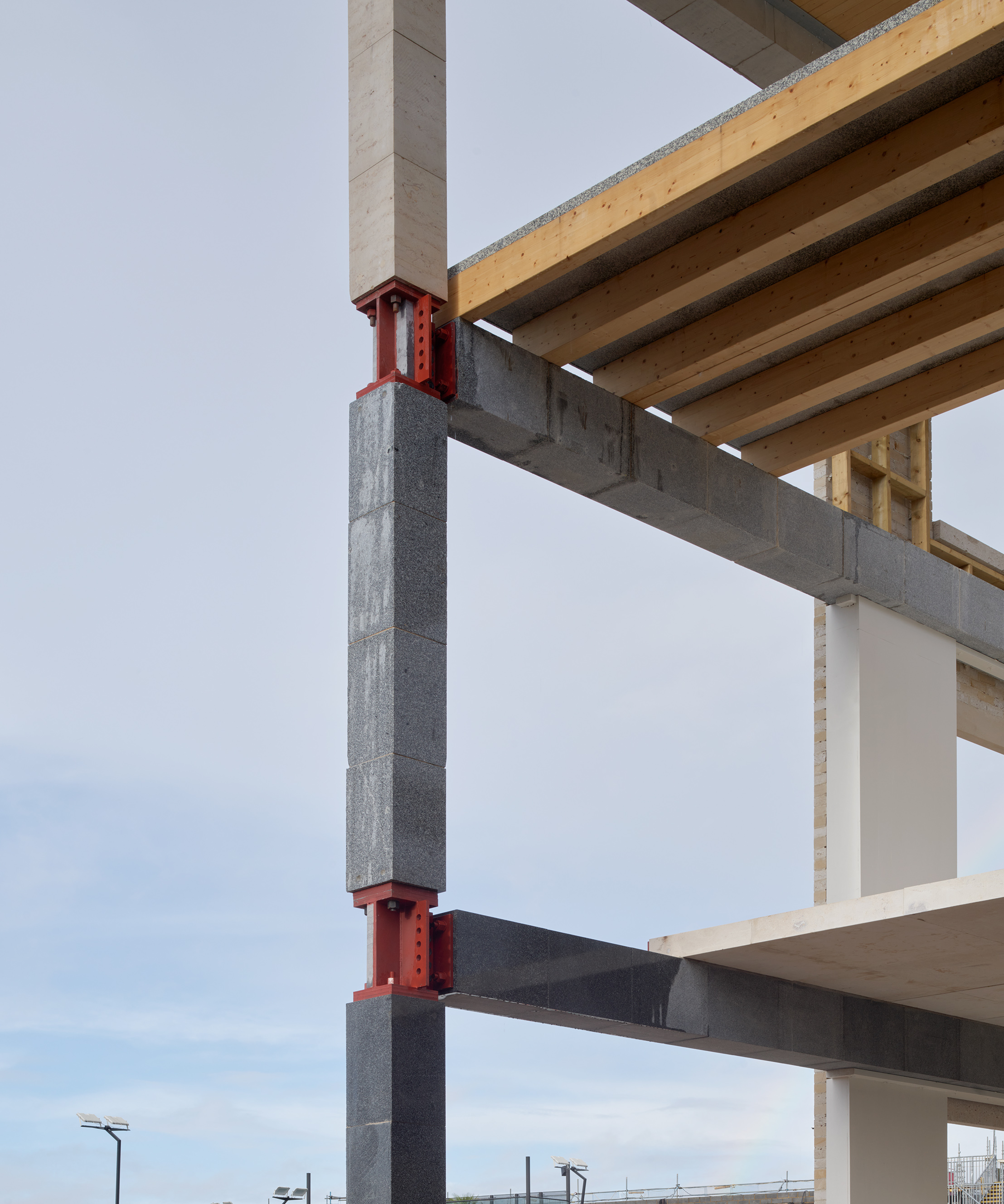
The structure spans three storeys tall and was designed as a sampling of different techniques and block sizes when building with stone. It uses pre-tensioned stone structures (both beams, slabs and columns) to a footprint of 6.5m x 6.5m and is surrounded by a garden that offers seating areas in further stone configurations - highlighting different shapes and sizes of stone bricks in a green setting by landscape designers Lyndon Osborn & Team.
Part of the point, Taha explains, is that it 'is not designed to look radical,' so that visitors - clients, architects or contractors - can see that existing skills and aesthetics can be used and achieved through stone construction as well, only with a fraction of the carbon emissions.

'It is a cost-effective, easy and normal way of constructing things,' stresses engineer Liam Bryant of Webb Yates. 'We have reached a point where it's somehow considered a complex and unusual, and high-risk construction method to build with stone, when it is in fact 1/3 of the process in all aspects,' compared to, say, building with concrete, which is a lot more labour-intensive. On top of this, 'it's also quite a local material, because everywhere you are in the world, you'll have a different stone,' Taha adds.
Receive our daily digest of inspiration, escapism and design stories from around the world direct to your inbox.
The results are impressive. 'The Stone Demonstrator is a prototype of an alternative way to build that reduces carbon emissions by approximately 70% compared to a reinforced concrete frame, and 90% compared to a steel frame,' reads the Future Observatory's report. And if the government plans to build 1.5 million homes in the near future are to be followed, then choosing the right material, one which doesn't burden the environment, feels more crucial than ever.
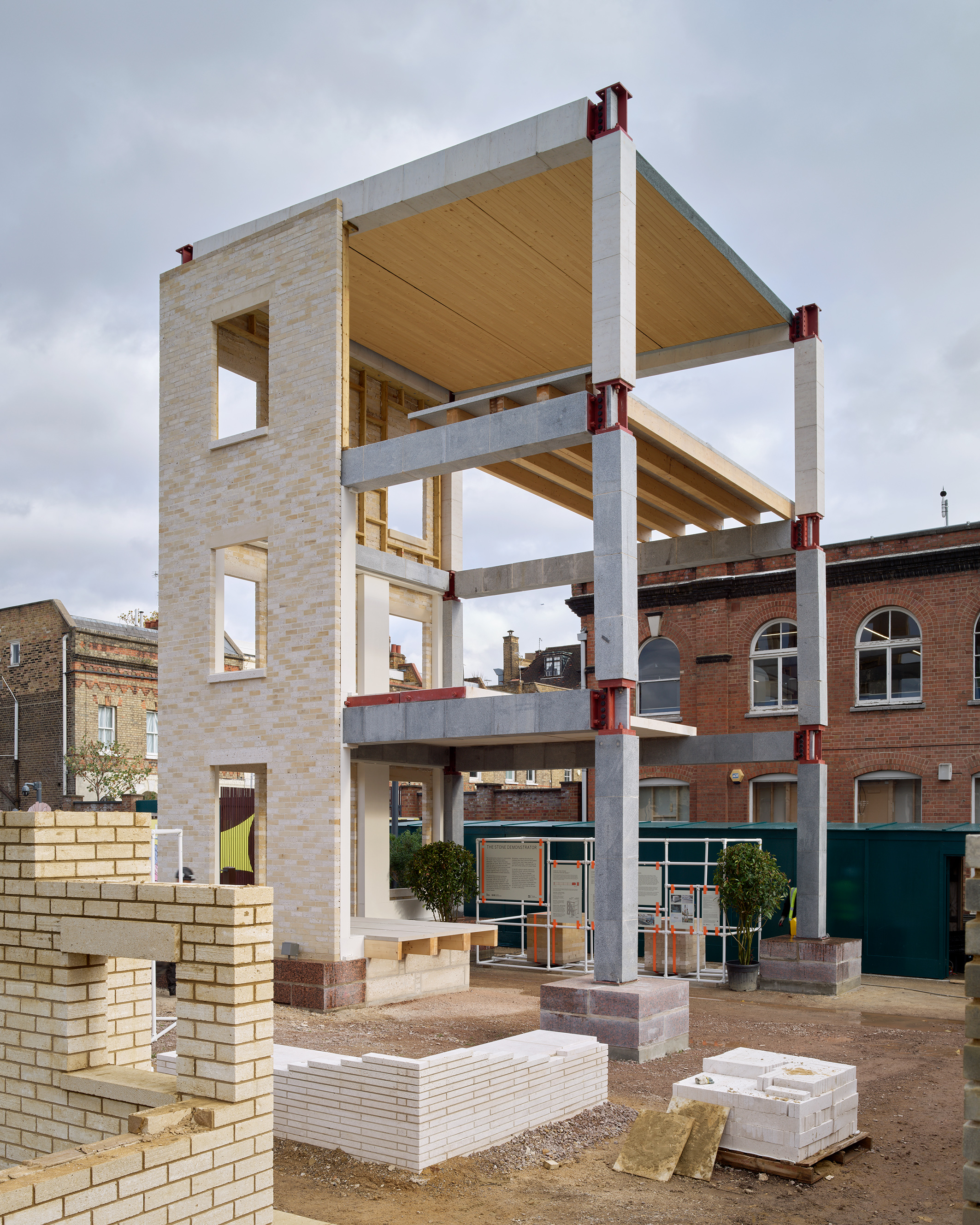
If you want to compare results, the team has numbers to back up its claims. A clay brick facade can emit around 40,000 kg of carbon dioxide; at The Stone Demonstrator, a similar structure produces some 3,000kg of CO2. Justin McGuirk, director of Future Observatory highlighted that 'it’s a building as a research tool, a 1:1 scale demonstrator of an ultra-low-carbon structure for the sector to study. And the accompanying design guide being produced by UCL [led by Professor Wendel Sebastian] is another key step in the adoption of structural stone.'
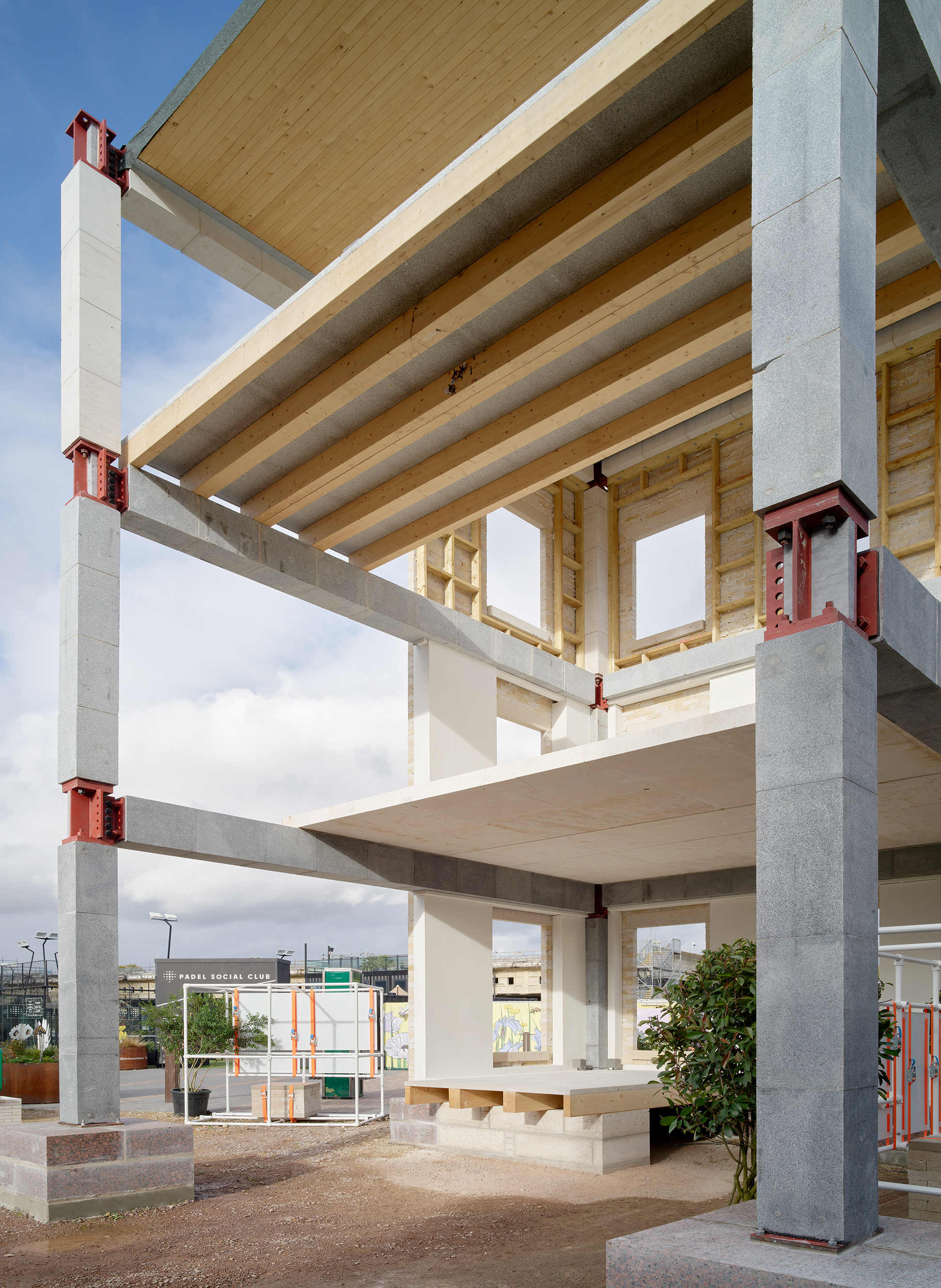
The Stone Demonstrator is set to stay on its West London site and remain open to the public for a few months at least. Its goal is to provide evidence and a powerful talking point for the building with stone – an often overlooked material, but one which its engineers here, Webb Yates and Arup, argue can be used a lot more widely and with impressive results. The self-supporting structural frame they have designed would be even suited 'for buildings up to 80 storeys tall,' and even in seismic areas, they say. It is hard to remain indifferent in the face of their facts and enthusiasm.
Ellie Stathaki is the Architecture & Environment Director at Wallpaper*. She trained as an architect at the Aristotle University of Thessaloniki in Greece and studied architectural history at the Bartlett in London. Now an established journalist, she has been a member of the Wallpaper* team since 2006, visiting buildings across the globe and interviewing leading architects such as Tadao Ando and Rem Koolhaas. Ellie has also taken part in judging panels, moderated events, curated shows and contributed in books, such as The Contemporary House (Thames & Hudson, 2018), Glenn Sestig Architecture Diary (2020) and House London (2022).
-
 Meet Eva Helene Pade, the emerging artist redefining figurative painting
Meet Eva Helene Pade, the emerging artist redefining figurative paintingPade’s dreamlike figures in a crowd are currently on show at Thaddaeus Ropac London; she tells us about her need ‘to capture movements especially’
-
 Brit Awards 2026 reveal trophy design by Matthew Williamson
Brit Awards 2026 reveal trophy design by Matthew WilliamsonThe Brit Awards 2026 will take place in Manchester on 28 February: here’s a first look at the awards trophy, designed by Mancunian designer Matthew Williamson
-
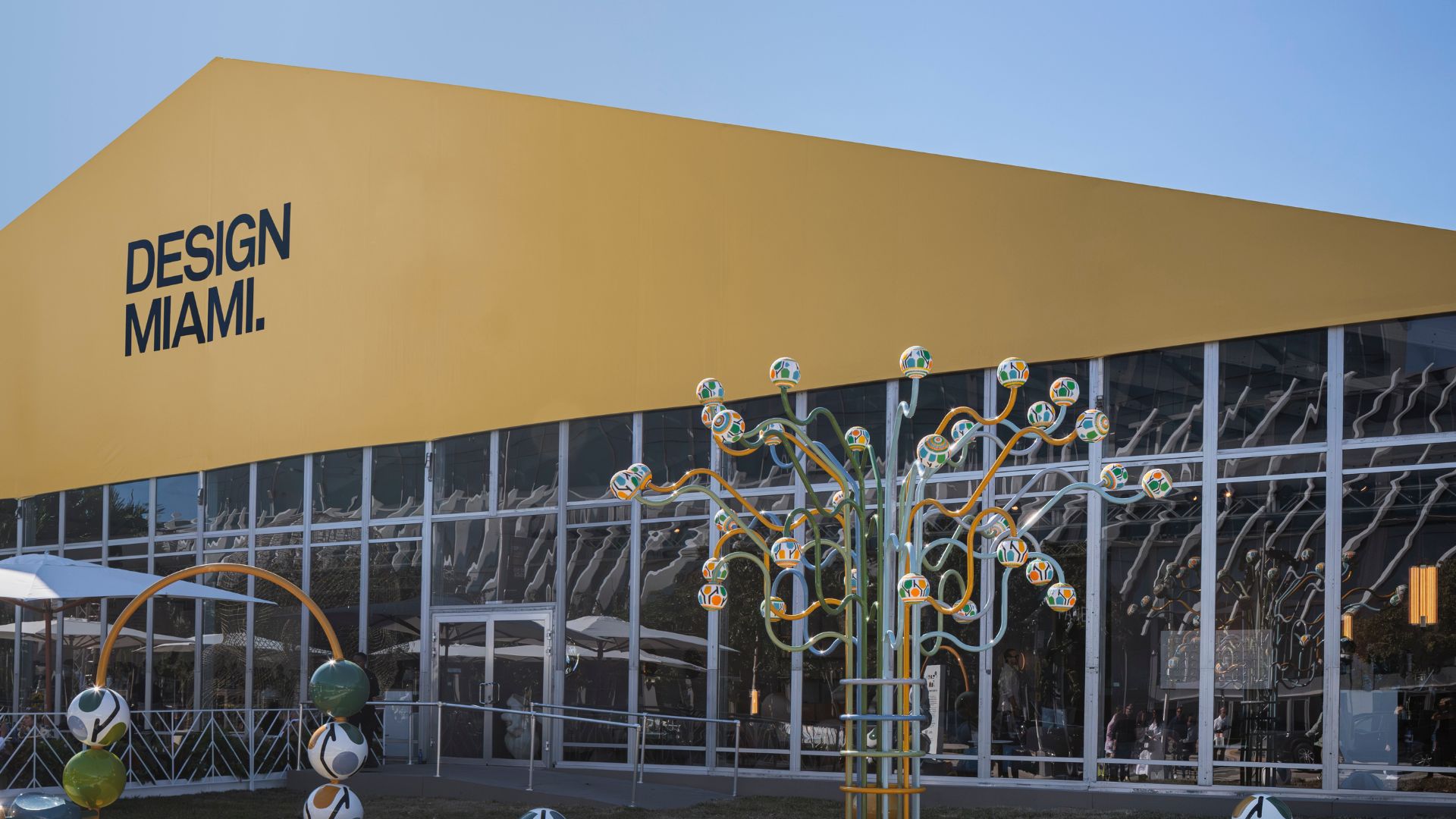 Everything you need to know about Design Miami 2025
Everything you need to know about Design Miami 2025The collectible design fair returns to Miami Beach in December for its milestone 20th edition, alongside a vast array of art and cultural events across the city
-
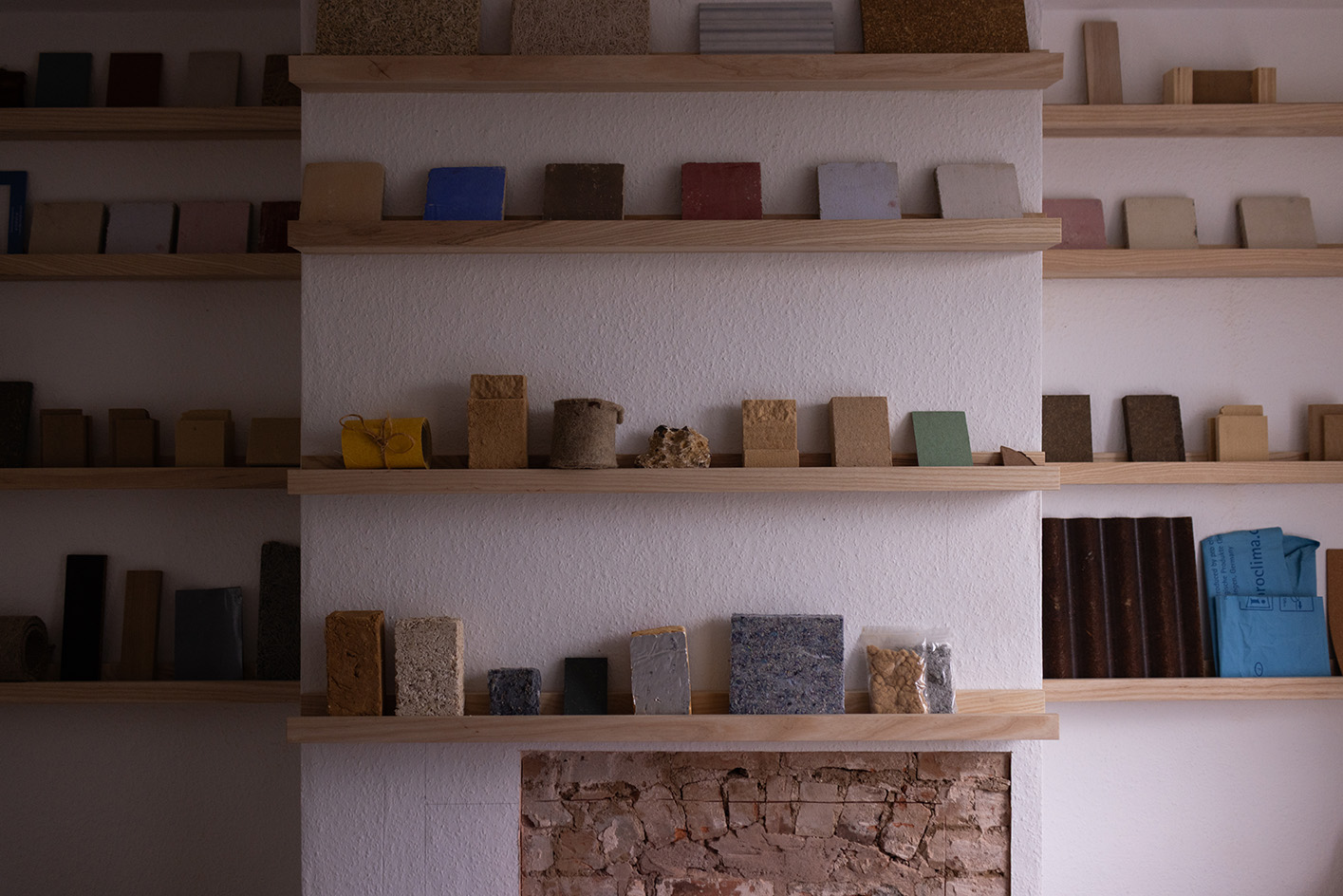 Take a tour of Retrofit House, the live showcase inspiring sustainable homebuilding
Take a tour of Retrofit House, the live showcase inspiring sustainable homebuildingRetrofit House, a showcase for residential redesign using biomaterials and environmentally smart methods, opens in Birmingham, UK, spearheaded by Civic Square, Dark Matter Labs and Material Cultures; we paid it a visit
-
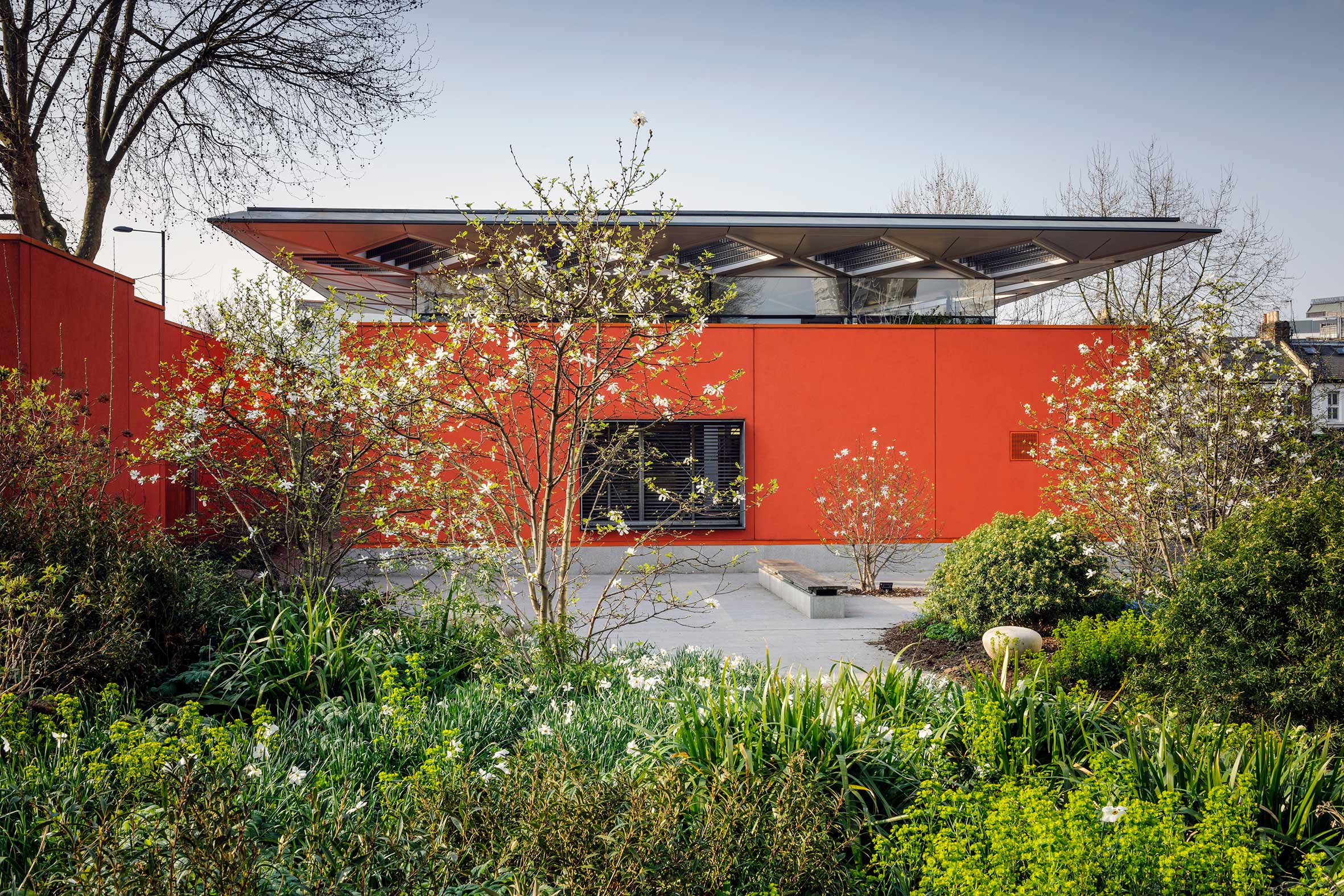 How Maggie’s is redefining cancer care through gardens designed for healing, soothing and liberating
How Maggie’s is redefining cancer care through gardens designed for healing, soothing and liberatingCancer support charity Maggie’s has worked with some of garden design’s most celebrated figures; as it turns 30 next year, advancing upon its goal of ‘30 centres by 30’, we look at the integral role Maggie’s gardens play in nurturing and supporting its users
-
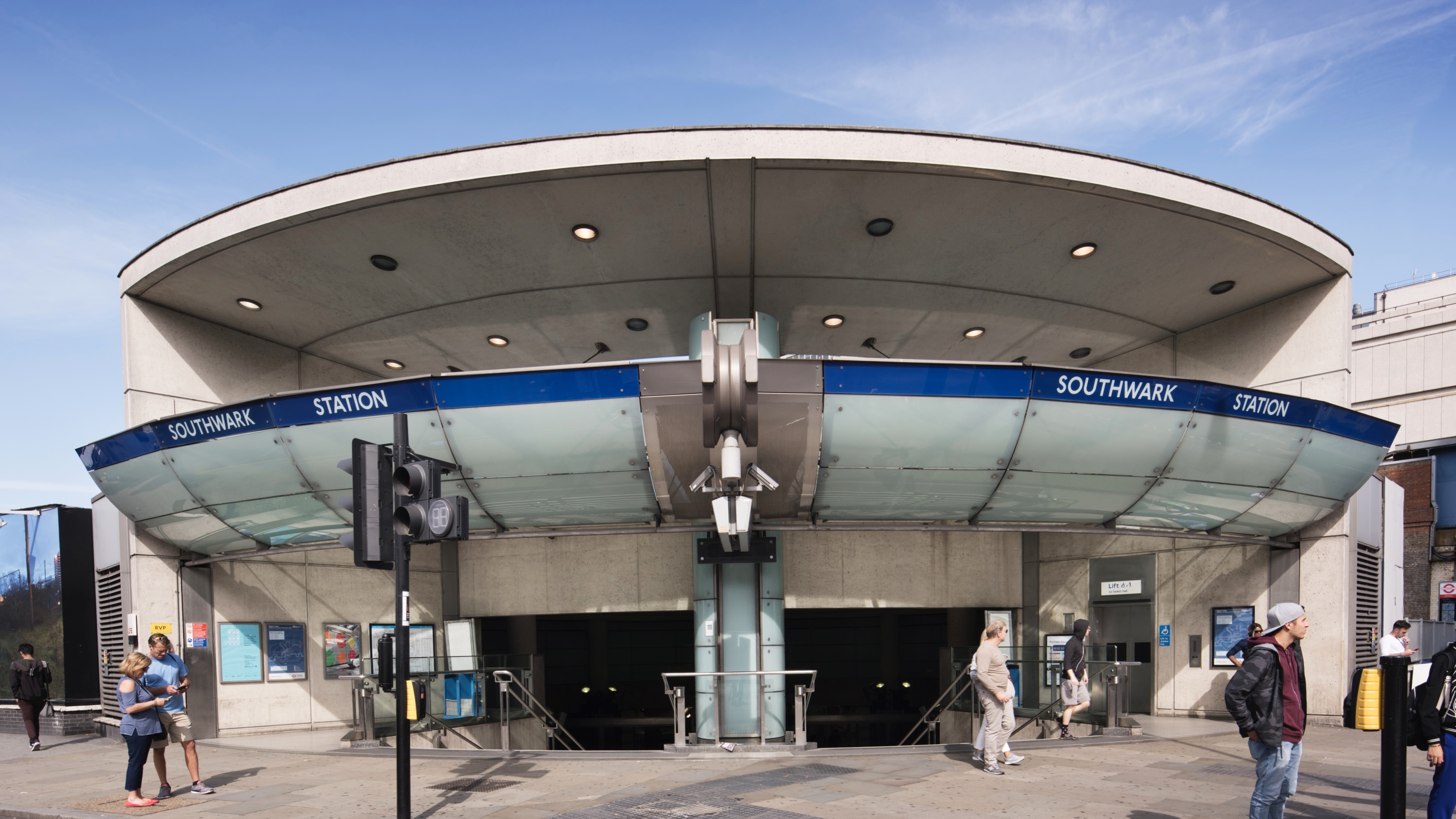 Futuristic-feeling Southwark Tube Station has been granted Grade II-listed status
Futuristic-feeling Southwark Tube Station has been granted Grade II-listed statusCelebrated as an iconic piece of late 20th-century design, the station has been added to England’s National Heritage List
-
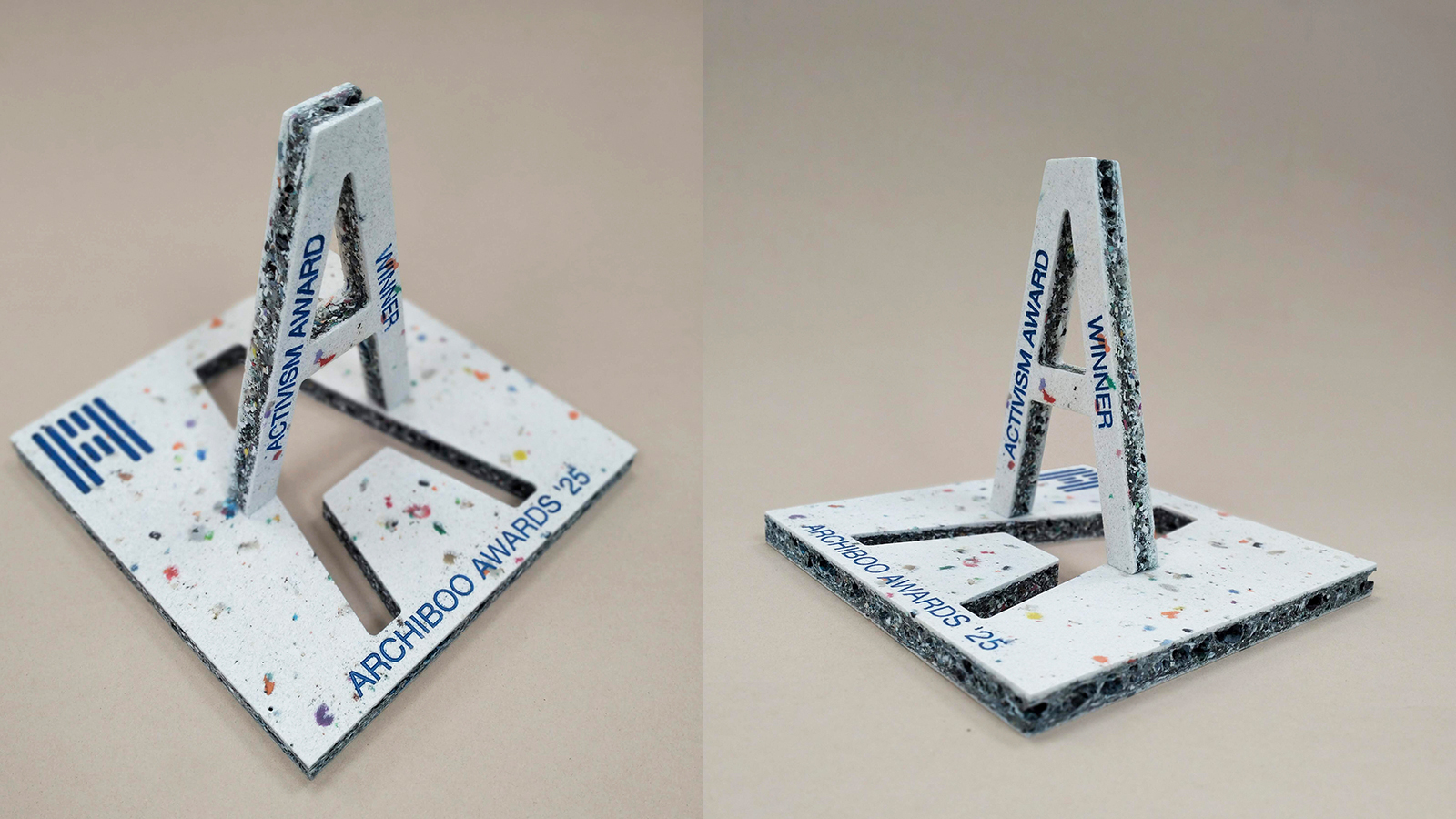 Archiboo Awards 2025 revealed, including prizes for architecture activism and use of AI
Archiboo Awards 2025 revealed, including prizes for architecture activism and use of AIArchiboo Awards 2025 are announced, highlighting Narrative Practice as winners of the Activism in architecture category this year, among several other accolades
-
 Backstage at the Old Vic is all about light, theatre and sustainable action
Backstage at the Old Vic is all about light, theatre and sustainable actionThe theatre's new creative hub by Haworth Tompkins has completed, bringing a distinctly contemporary and colourful addition to the popular theatre space in South London
-
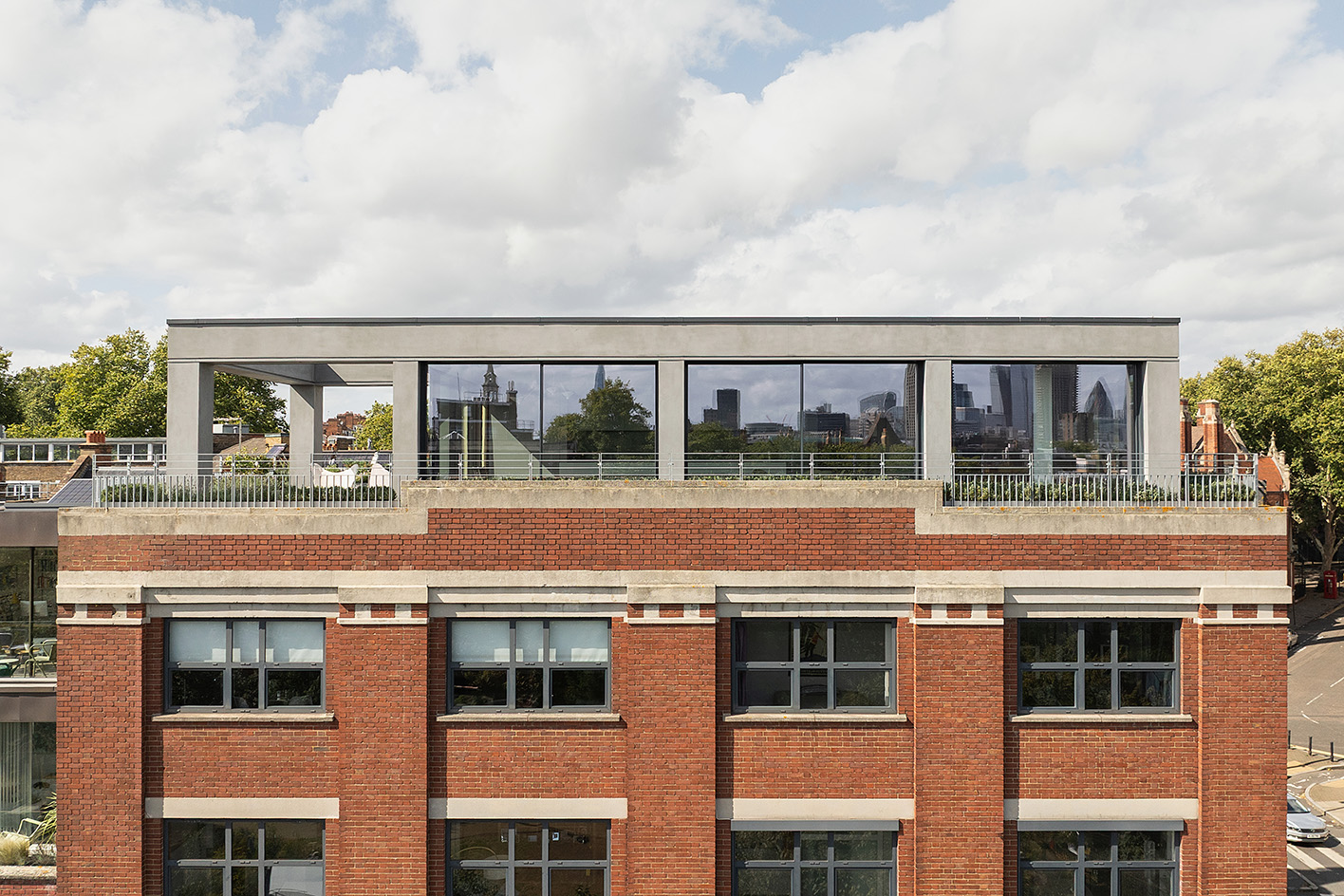 Step inside this Clerkenwell Rooftop, transformed into a minimalist urban abode
Step inside this Clerkenwell Rooftop, transformed into a minimalist urban abodeA Clerkenwell Rooftop has been transformed by Studio Felicity Bell into a minimalist modern home, featuring airy interiors and long views of London
-
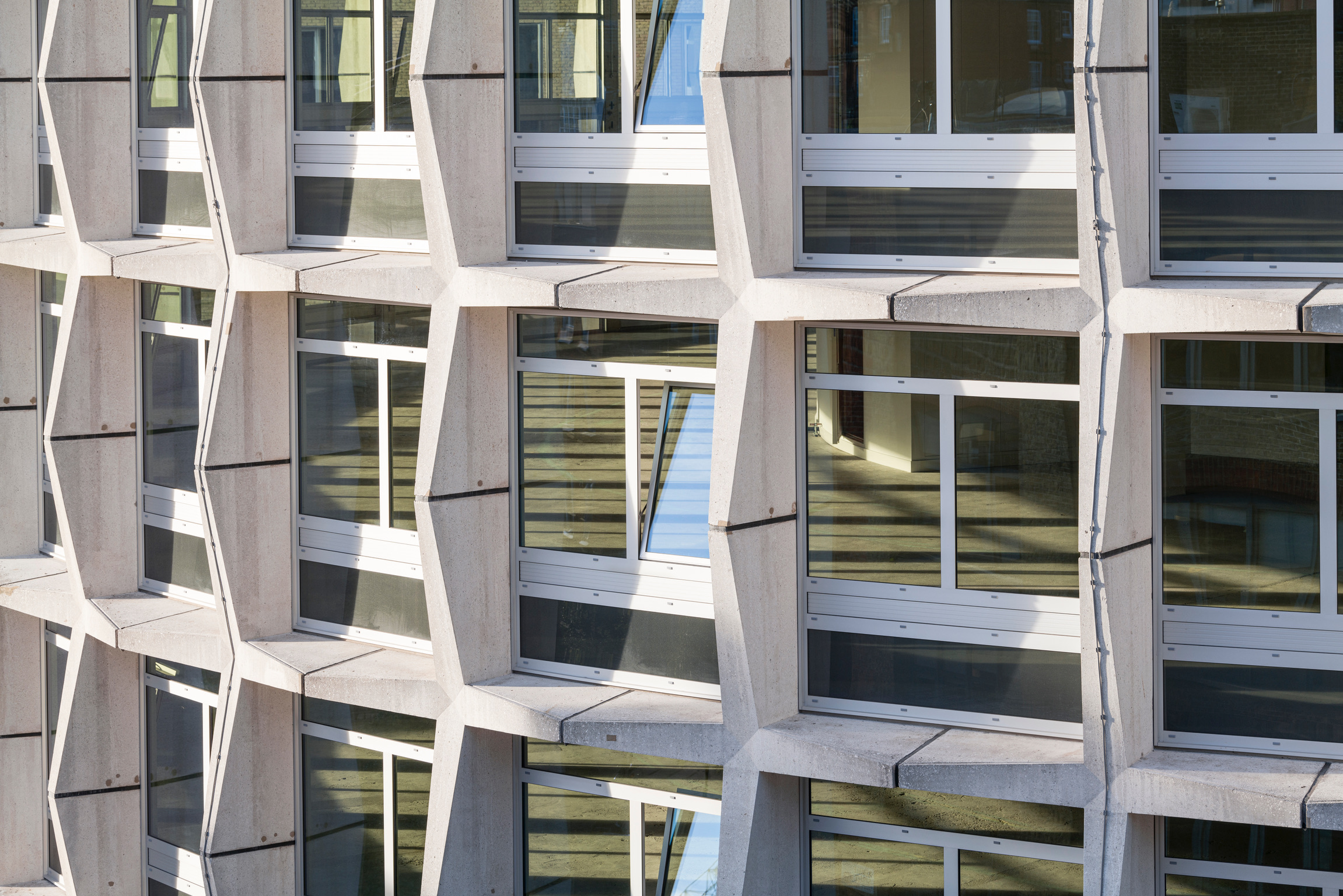 Richard Seifert's London: 'Urban, modern and bombastically brutalist'
Richard Seifert's London: 'Urban, modern and bombastically brutalist'London is full of Richard Seifert buildings, sprinkled with the 20th-century architect's magic and uncompromising style; here, we explore his prolific and, at times, controversial career
-
 Welcome to The Gingerbread City – a baked metropolis exploring the idea of urban ‘play’
Welcome to The Gingerbread City – a baked metropolis exploring the idea of urban ‘play’The Museum of Architecture’s annual exhibition challenges professionals to construct an imaginary, interactive city entirely out of gingerbread